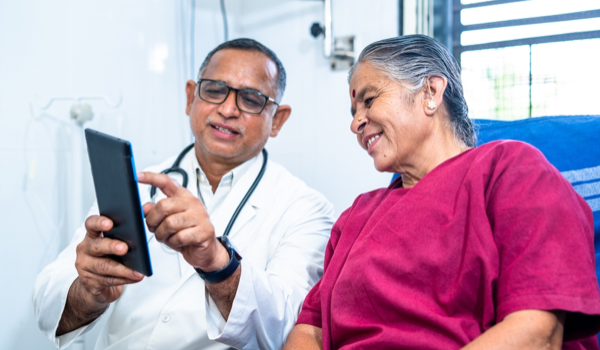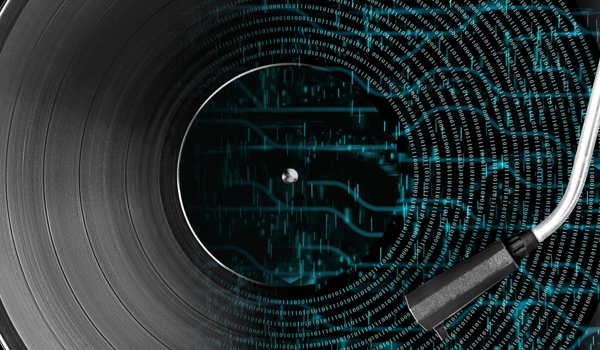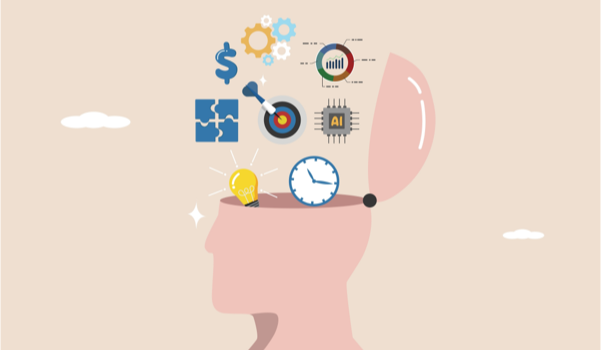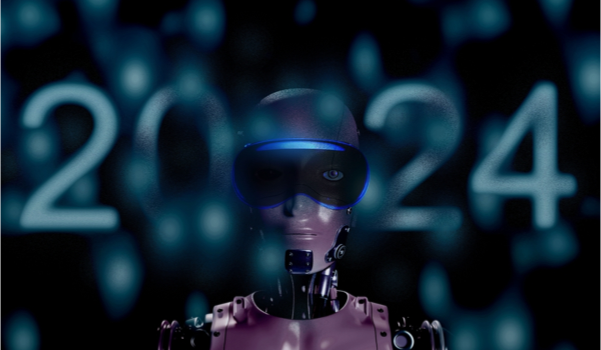


NEW YORK - The term ‘Big Data’ is used nowadays to describe the high volume of information in not only healthcare and medicine, but in all aspects of life. Many intelligent techniques are being developed and implemented for application to Big Data, and many are proposed termed ‘data analytics’ and ‘data science’ to interpret and extract knowledge from data.1
New approaches have recently focused on developing methods to distill key knowledge from the large amounts of data in every aspect of healthcare, from personalized therapy and intelligent drug development to mining of electronic health records (EHRs). For cancer - a complex disease with many variations - massive amounts of data, both molecular and phenotypic, are being generated, and with Big Data technologies and machine learning (ML), significant biomarkers and cell types are being detected. Some of the most notable Big Data repositories and analytics platforms are:
1. The first category comprises data that generates the transcriptomic data, genomics, and epigenomic data related to various types of cancers and normal cases.
2. The second repository contains images from different tissues and cell types for analyzing or predicting diseases from these images.
3. The third repository contains all the data from patients, which is collected during hospitalization or when visiting a physician and is called administrative data. EHRs fall into this category.
Since raw data is noisy, combining data leads to more robust results and new findings.
Fig. 1 below shows all the various sources from which data can be generated:
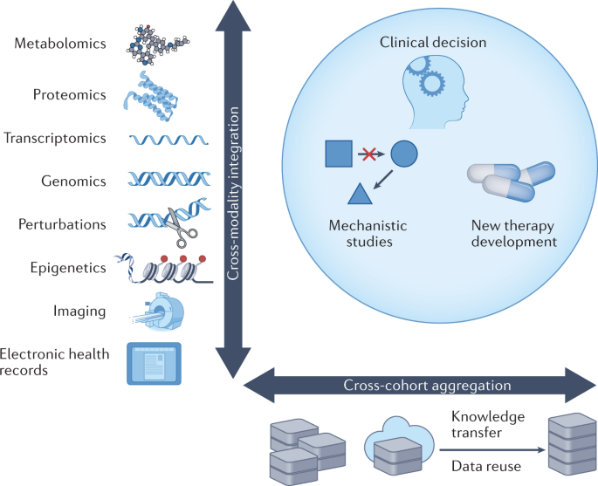
Fig. 1: Sources of healt
The content herein is subject to copyright by The Yuan. All rights reserved. The content of the services is owned or licensed to The Yuan. Such content from The Yuan may be shared and reprinted but must clearly identify The Yuan as its original source. Content from a third-party copyright holder identified in the copyright notice contained in such third party’s content appearing in The Yuan must likewise be clearly labeled as such. Continue with Linkedin
Continue with Linkedin
 Continue with Google
Continue with Google
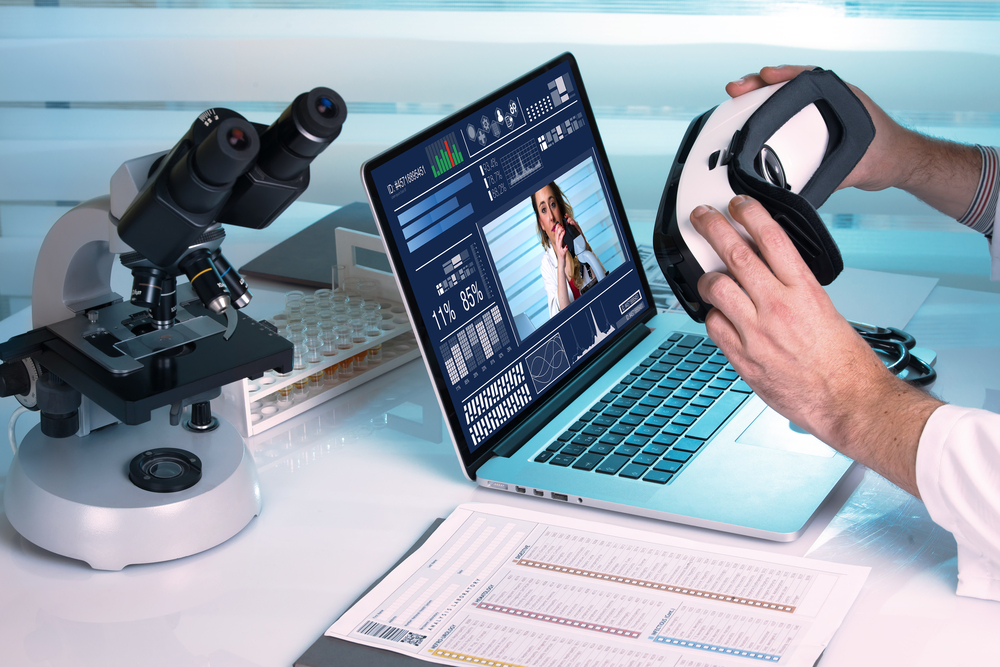







 748 views
748 views
